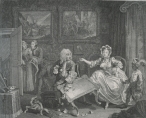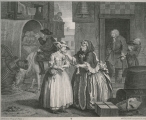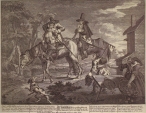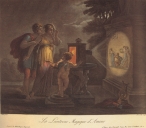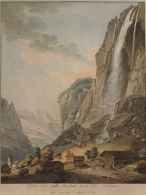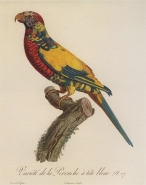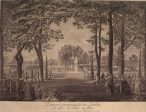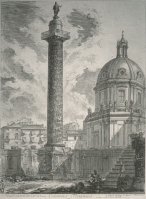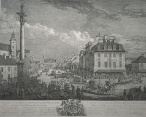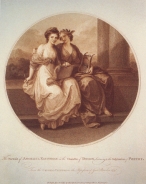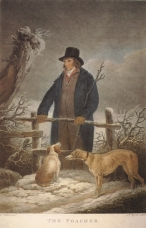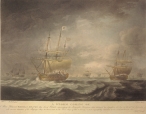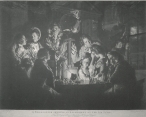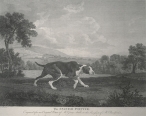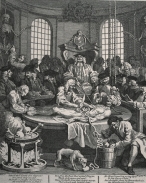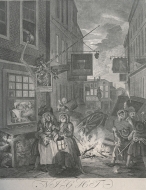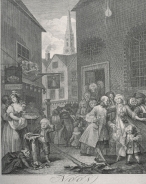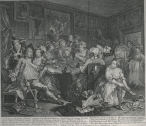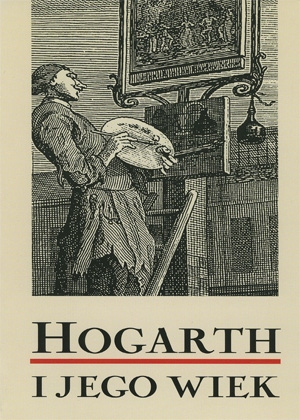
Hogarth i jego wiek
27.04.2001 - 24.06.2001
Ekspozycja wpisywała się w cykl wystaw prezentujących grafikę dawnych mistrzów. Przygotowywane wspólnie z Gabinetem Rycin Biblioteki PAU i PAN stanowiły przegląd najciekawszych eksponatów zgromadzonej tam kolekcji. Wystawa skupiała się wokół twórczości Williama Hogartha, jednego z najciekawszych twórców epoki. Pokazano m.in. jego słynne serie moralitetów – Kariera nierządnicy, Modne małżeństwo, Kariera rozpustnika. Towarzyszyły im dzieła innych twórców tego czasu, takich jak choćby Giovanni Battista Piranesi, Canaletto, Daniel Chodowiecki i François Boucher. Sporą część stanowiły prace grafików angielskich, gdzie ta dyscyplina sztuki cieszyła się dużym powodzeniem. Obejmująca ponad 100 prac wystawa stała się przeglądem XVIII–wiecznej grafiki, dokonujących się w jej obrębie przemian i dominujących tendencji.
Wcześniejsze wystawy zorganizowane z Gabinetem Rycin Biblioteki PAU i PAN:
- Arcydzieła grafiki piętnastego i szesnastego stulecia ze zbiorów Biblioteki PAN w Krakowie
- Rembrandt, Rubens i inni. Arcydzieła grafiki siedemnastowiecznej z Gabinetu Rycin PAU w Bibliotece PAN w Krakowie
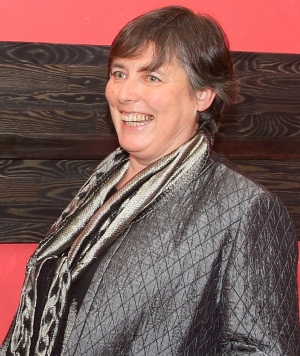
Karolina Grodziska
Doktor nauk historycznych, dyrektor Biblioteki Naukowej Polskiej PAU i PAN. Redaktor naczelny wydawanego przez tę placówkę Rocznika. Pole badawcze, którym zajmuje się równolegle do pracy zawodowej, to dzieje historycznych polskich nekropolii w kraju i zagranicą (wielokrotna stypendystka Fundacji M. B. Grabowskiego). Za prace związane z dziejami cmentarzy krakowskich otrzymałam w 2004 r. nagrodę miasta Krakowa. Jest autorką ponad 300 prac naukowych i publicystycznych, obecnie pracuje nad trzecim tomem Polskich grobów na cmentarzach Londynu.
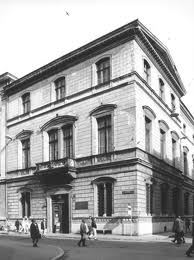
Gabinet Rycin Biblioteki PAU i PAN w Krakowie
Gabinet Rycin Biblioteki PAU i PAN w Krakowie – jedna z najcenniejszych kolekcji grafiki w Polsce, której początki sięgają XIX wieku. Złożyły się na nią prace pochodzące z Biblioteki Polskiej w Paryżu oraz kolekcja rodziny Moszyńskich. W zbiorach znajdują się grafiki tak cenionych twórców, jak Martin Schongauer, Albrecht Dürer, Rembrandt van Rijn i Giovanni Battista Piranesi. W ramach wieloletniej współpracy Międzynarodowego Centrum Kultury i Gabinetu Rycin do roku 2010 odbyło się 8 wystaw, których intencją było, co wielokrotnie podkreślał dyrektor MCK prof. Jacek Purchla, „przywrócenie pamięci o jednej z najwartościowszych kolekcji sztuki europejskiej w Polsce, kolekcji która jest ważną częścią dziedzictwa narodowego. Prezentując w naszej Galerii dzieła wielkich mistrzów przywracamy je zbiorowej pamięci. Przez lata ta kolekcja, zlokalizowana w sercu Krakowa, była nieznana. Dzięki naszym wystawom jest rozpoznawalna”.
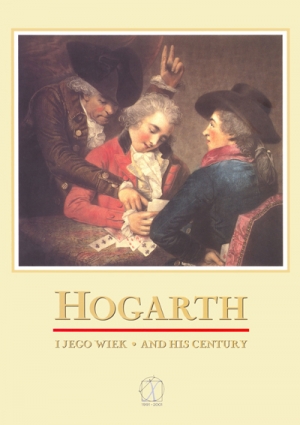
Hogarth i jego wiek
Praca zbiorowa
Album prezentuje arcydzieła grafiki europejskiej z XVIII w. przechowywane w Gabinecie Rycin w Bibliotece PAN i PAU w Krakowie, reprezentowane przez miedzioryty W. Hogartha, znakomitego malarza i rytownika, oraz jemu współczesnych grafików angielskich i francuskich. Przegląd uzupełniają unikalne akwaforty mistrzów tego gatunku: G. B. Piranesiego, S. Bouchera, B. Bellotta.
